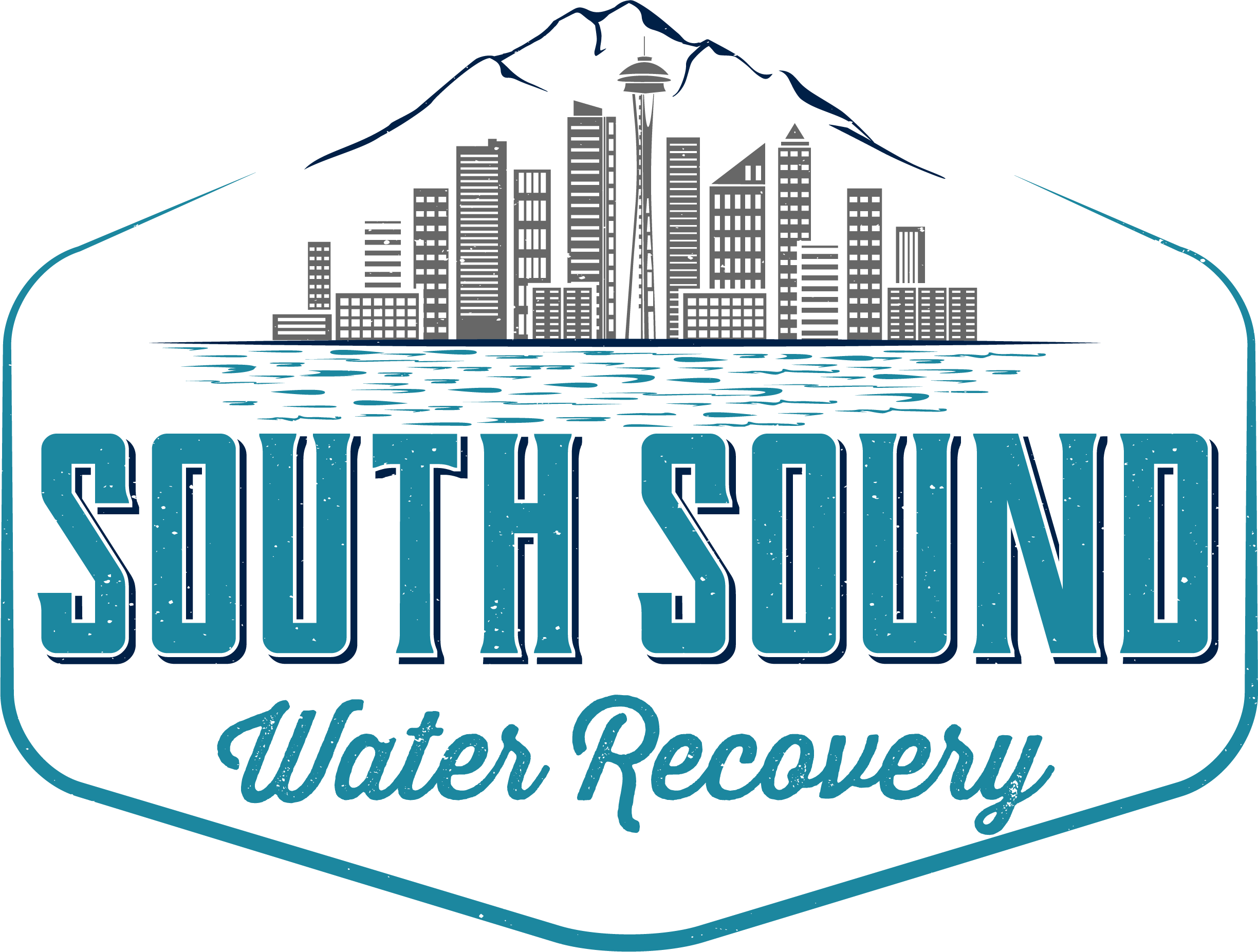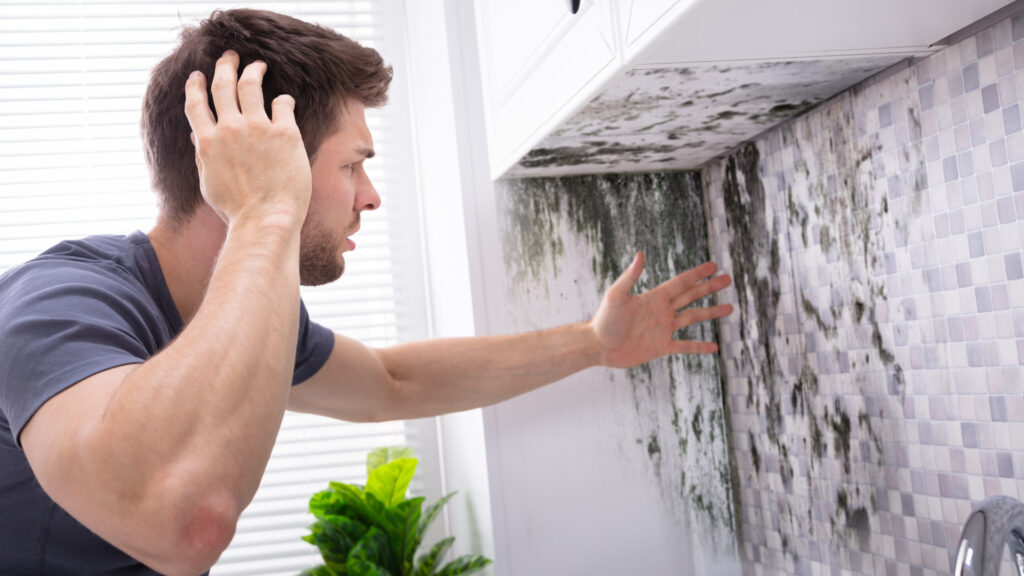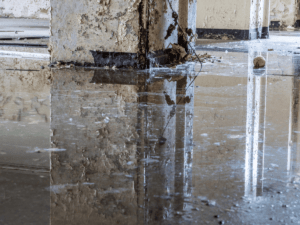Causes and Solutions
Understanding the link between mold and headaches is not only crucial for your health but also for the well-being of your home. In this blog post, we will explore this intriguing connection, shedding light on the causes and solutions to mold-induced headaches. Whether you’re already experiencing headaches or simply want to safeguard your home and loved ones, the information shared here will prove invaluable.
Where Does Mold Thrive in Homes?
Mold is not a picky inhabitant. It can grow virtually anywhere in your home where there’s moisture and an organic food source. Common locations include:
- Bathrooms: The high humidity levels in bathrooms provide an ideal environment for mold growth. Pay close attention to areas around showers, sinks, and tubs.
- Kitchens: Leaky pipes, condensation from appliances, and food residues can create conditions for mold to thrive in kitchen spaces.
- Basements: Basements are often damp and poorly ventilated, making them a prime breeding ground for mold.
- Attics: Roof leaks or inadequate ventilation can lead to moisture buildup in attics, promoting mold growth.
- Crawl Spaces: These areas are susceptible to moisture infiltration and can go unnoticed for extended periods, allowing mold to proliferate.
- Wall Cavities: Water leaks or seepage can lead to mold growth inside walls, often concealed from view.
Common Types of Mold That Can Cause Health Issues
Not all molds are created equal, and some are more likely to cause health problems than others. Here are a few common types of mold that homeowners should be aware of:
- Stachybotrys chartarum (Black Mold): This infamous mold is known for producing mycotoxins that can be harmful to human health. Exposure to black mold can lead to various health issues, including respiratory problems and headaches.
- Aspergillus: Found in many homes, aspergillus molds can produce mycotoxins that may cause respiratory infections and trigger allergies.
- Penicillium: Often found in water-damaged homes, penicillium molds can lead to respiratory problems, skin irritation, and headaches in some individuals.
- Cladosporium: This mold is commonly found outdoors but can also grow indoors. Exposure to Cladosporium may cause respiratory symptoms and allergic reactions.
How Mold Can Trigger Headaches
Mold is more than just an eyesore on your walls; it’s a living organism that releases tiny, airborne spores into your indoor environment. These spores, when inhaled, can introduce a range of health issues, including headaches. Here’s how mold can trigger headaches:
- Mycotoxins: Some molds, such as Stachybotrys Chartarum (commonly referred to as “black mold”), produce mycotoxins. When these mycotoxins are inhaled or come into contact with the skin, they can disrupt normal bodily functions, potentially leading to headaches among other health problems.
- Allergic Reactions: Mold spores can act as allergens, triggering allergic responses in sensitive individuals. Allergic reactions can include sinus congestion, inflammation, and, yes, headaches.
- Irritation of the Respiratory Tract: Mold spores can irritate the respiratory tract, leading to inflammation. This inflammation can extend to the sinuses and cause sinus headaches, which are often experienced as pain and pressure around the forehead and cheeks.
Potential Mechanisms Behind Mold-Induced Headaches
While the exact mechanisms behind mold-induced headaches are still being studied, there are several hypotheses:
- Inflammation: Mold spores can initiate inflammation in the respiratory tract, which may contribute to headache symptoms.
- Neurological Impact: Mycotoxins from mold could potentially affect the central nervous system, influencing headache development.
- Allergic Response: Allergic reactions triggered by mold spores can release histamines, which can lead to headaches in some individuals.
Symptoms that May Indicate a Mold-Related Headache Issue
Now that we’ve established a potential link between mold and headaches, it’s essential to recognize the symptoms that could indicate a mold-related headache issue. These symptoms may include:
- Frequent or Recurring Headaches: If you’re experiencing headaches more frequently or severely than usual, especially when indoors, mold could be a contributing factor.
- Sinus Pain and Pressure: Mold-induced headaches may often manifest as sinus headaches, accompanied by pain and pressure around the forehead, cheeks, and eyes.
- Respiratory Issues: If you notice an increase in respiratory problems like coughing, sneezing, or a runny nose alongside your headaches, it could be due to mold exposure.
- Allergy-Like Symptoms: Mold-induced headaches may coincide with allergy-like symptoms such as itchy or watery eyes, congestion, and throat irritation.
Signs of Mold Growth in Homes
Mold isn’t always visible, but it leaves behind various clues that homeowners can watch for:
- Visible Mold: The most obvious sign is the presence of visible mold on walls, ceilings, or other surfaces. Mold often appears as dark or discolored spots, sometimes with a fuzzy texture.
- Musty Odor: Mold emits a distinctive, unpleasant odor described as musty or earthy. If you notice such odors in certain areas of your home, it could be a sign of hidden mold.
- Water Damage: Any past or ongoing water damage, such as leaks, flooding, or dampness, can create ideal conditions for mold growth. Check areas with a history of water issues.
- Health Symptoms: Pay attention to unexplained health symptoms such as frequent headaches, allergic reactions, or respiratory problems, especially if they improve when you’re away from home.
- Discoloration and Staining: Mold can cause discoloration or staining on building materials like drywall, wood, and insulation.
Exposure to mold can pose several health risks, including:
- Respiratory Problems: Mold spores can be inhaled, leading to respiratory issues such as coughing, wheezing, and shortness of breath, particularly in individuals with mold allergies.
- Allergies: Mold is a known allergen and can trigger allergic reactions like sneezing, runny nose, itchy eyes, and skin rashes.
- Asthma Exacerbation: Mold exposure can worsen asthma symptoms in individuals with pre-existing conditions.
- Infections: In some cases, exposure to certain types of mold can lead to fungal infections, particularly in individuals with compromised immune systems.
Impact of Mold-Induced Headaches on Daily Life
Mold-induced headaches can be more than just a physical discomfort; they can significantly impact your daily life:
- Reduced Productivity: Frequent headaches can reduce your ability to concentrate and be productive at work or school.
- Disrupted Sleep: Headaches can disrupt your sleep patterns, leading to fatigue and further impacting your daily activities.
- Emotional Well-Being: Persistent headaches can lead to irritability, frustration, and a decreased overall sense of well-being.
Solutions and Remediation
If you’ve identified mold in your home or suspect its presence, there are steps you can take to address the problem:
- Isolate the Affected Area: Isolate the area with mold growth to prevent spores from spreading to other parts of your home. Close doors and use plastic sheeting to seal off the affected space.
- Safety First: Prioritize safety by wearing protective gear, including gloves, goggles, and a mask, to avoid direct contact with mold spores.
- Ventilation: Improve ventilation in the affected area by using fans and opening windows. Adequate ventilation helps reduce moisture and speed up the drying process.
- Cleaning: Use a mold-specific cleaner or a mixture of water and detergent to scrub the mold off surfaces. Be thorough, and ensure you remove all visible mold.
- Dry the Area: After cleaning, thoroughly dry the affected area to prevent mold from returning. Dehumidifiers can help in areas with high humidity levels.
- Dispose of Contaminated Materials: Discard any contaminated materials that can’t be cleaned, such as porous items like drywall or carpeting. Seal them in plastic bags before disposal.
The Importance of Professional Mold Remediation Services
While homeowners can take initial steps to address mold problems, professional mold remediation services are essential for comprehensive and lasting solutions. Here’s why:
- Expertise: Certified mold remediation professionals have the expertise to identify hidden mold issues, assess the extent of contamination, and create a tailored remediation plan.
- Advanced Equipment: Professionals have access to specialized equipment, such as air scrubbers and moisture meters, to effectively address mold problems.
- Safety: Mold remediation can be hazardous due to exposure to spores and mycotoxins. Professionals follow safety protocols to protect themselves and your home.
- Thoroughness: Professionals ensure that mold is not only removed but also that the underlying cause of moisture is addressed to prevent future growth.
South Sound Water Recovery: Your Trusted Partner
When it comes to mold remediation and water damage restoration, South Sound Water Recovery is your trusted partner.
Conclusion
Mold-induced headaches are not a minor inconvenience. They can disrupt your daily life, reduce your productivity, and impact your overall well-being. Ignoring mold problems not only jeopardizes your health but also places your home at risk of structural damage.
Promptly addressing mold issues can:
- Protect Your Health: Prevent mold-related health problems and enjoy a healthier living environment.
- Preserve Your Home: Avoid costly structural damage caused by mold growth.
- Restore Peace of Mind: Regain a sense of security and comfort in your own home.





